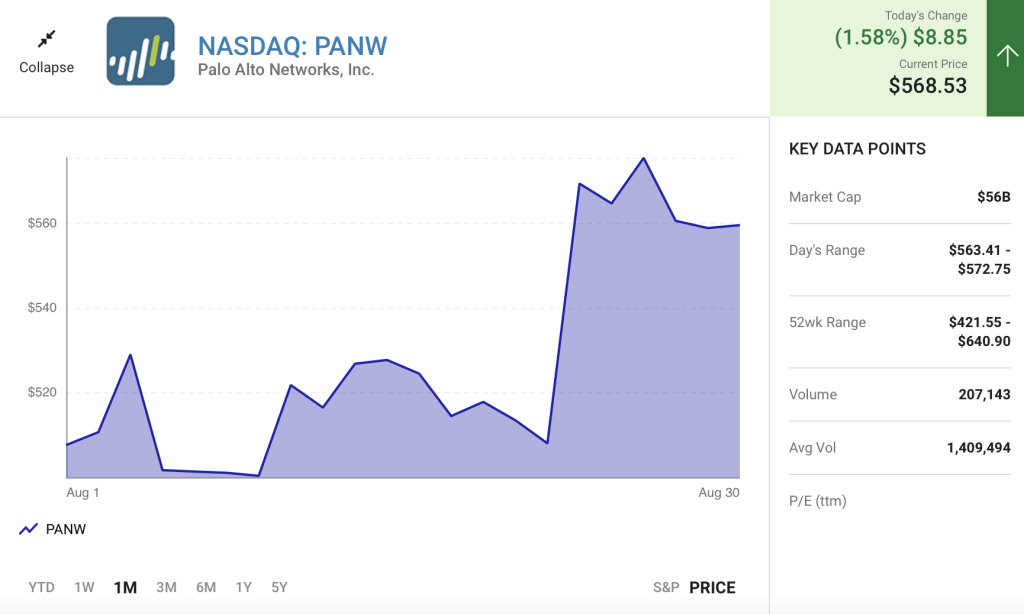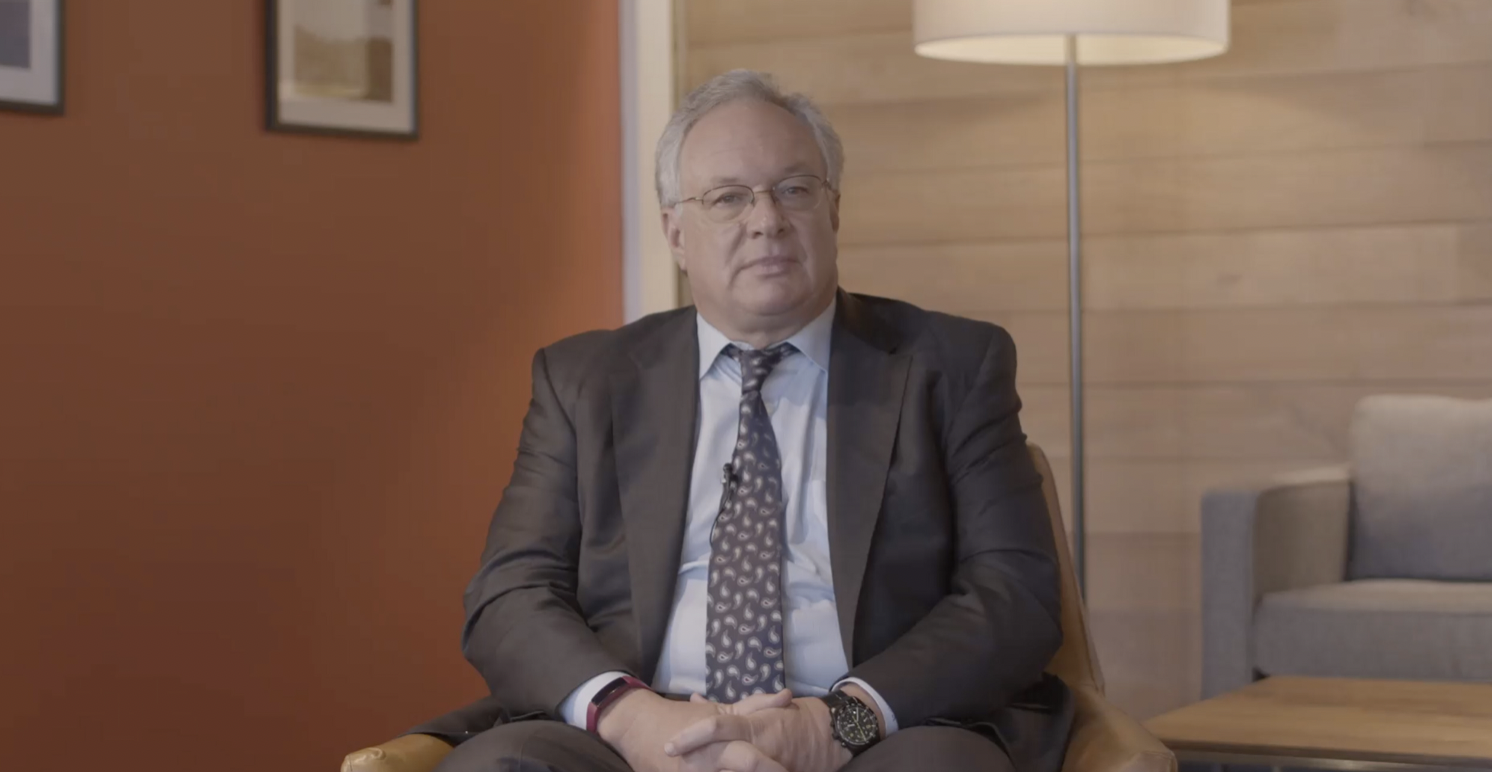There have been a string of high-profile stock splits in 2022, and there’s another one around the corner.
The Nasdaq-100 technology index is firmly in bear market territory right now, with a loss of 25% for the year so far, even despite staging a convincing rebound over the last two months. It’s a tricky environment for investors to navigate, but investing in quality companies can offer the best chance of earning a return when the broader market recovers — and eventually, it will.
Many companies are trying to create additional value for their investors during this downturn. Increasing dividend payouts and introducing share buyback plans to return money to shareholders are two popular moves, and some companies are even conducting stock splits. A stock split is, simply put, designed to reduce the company’s share price. And while it doesn’t add any value to the business itself, it makes the stock more accessible to smaller investors, which can attract new buyers who may not have been willing or able to buy shares at their previous price tag.
Cybersecurity giant Palo Alto Networks (PANW 1.58%) is set to execute a 3-for-1 split on Sept. 13 that, if it happened at the time of this writing, it would cut its stock price from $557.11 to $185.70 by increasing the number of shares in circulation threefold.
What a stock split is, and what it isn’t
It’s natural for investors to be curious about stock splits right now. After all, some of the most popular technology companies in the world have used them in 2022, including Amazon, Tesla, Shopify, and Google parent Alphabet.
When it costs hundreds or even thousands of dollars to buy a single share in a company, it can appear unaffordable for smaller investors, which leaves most of the stock in the hands of large funds and institutions. Additionally, Palo Alto wants to make its stock cheaper so its employees can more easily participate in share purchase plans. For those reasons, the split makes a lot of sense.
The move doesn’t change the underlying value of anybody’s existing Palo Alto holdings. Current investors will simply receive two extra shares for each one they already own, and in turn, the price of each share will shrink in proportion. If an investor owns one share now worth $557.11, they’d own three shares worth $185.70 each after the stock split takes effect at the close of trading on Sept. 13.
Therefore, a stock split typically isn’t a good reason to buy shares in a company. But Palo Alto Networks offers plenty of great reasons, and here’s what they are.
Palo Alto is a leader in cybersecurity
An estimate by Cybersecurity Ventures suggests global cybersecurity spending will top $1.75 trillion between 2021 and 2025. In support of that, a recent survey by Wall Street investment bank Morgan Stanley highlighted that even in the face of a recession, large companies don’t intend to cut back on their cybersecurity spending.
Why? Well, consulting firm PwC found that among some of the world’s top CEOs, cyber risk was ranked No. 1 on the list of potential threats to corporate revenue. Given most companies now operate in the digital realm, the attack surface is significantly larger than it used to be and protecting virtual assets is absolutely critical.
That’s why investors should own shares in Palo Alto Networks, stock split aside. The company is an industry leader in cybersecurity across the board, with a portfolio of products designed to protect everything from entire cloud networks to the edge devices used by employees in everyday operations.
Palo Alto is the go-to provider for some of the largest organizations in the world. In fact, at the conclusion of fiscal 2022 (ended June 30), the company had a whopping 1,240 customers spending $1 million or more each year, which was a 25% increase compared to last year. It’s unsurprising given Palo Alto is ranked at the top of its field across 11 different cybersecurity categories.
Wall Street loves Palo Alto stock

Palo Alto generated $5.5 billion in revenue during fiscal 2022, and it was profitable on a non-GAAP (adjusted) basis to the tune of $823 million, which is equivalent to $7.56 per share. The non-GAAP measure excludes one-off costs like acquisitions and share-based compensation, to give investors a better idea of how the actual business is performing.
It gives Palo Alto stock a price-to-earnings multiple of 74, which appears expensive relative to the Nasdaq-100 index and its 26.7 P/E.
Nonetheless, Wall Street is bullish on the company. Of the 35 analysts who cover Palo Alto stock, 29 have given it the highest-possible buy rating. The other six are split equally between overweight and hold ratings. Given the significant opportunity in cybersecurity over the long run, Wall Street is likely betting that the company will eventually grow into its valuation, so the best returns could come over a five- to 10-year time horizon.
Since the stock is down 12% from its all-time high amid the broader tech sell-off, it’s a great chance to buy the dip on a solid company.
Read Next: CEO of Biggest PE firm predicts “social unrest”
I don’t know if you’ve seen this or not yet…
But Stephen Schwarzman, the CEO of Blackstone (America’s biggest private equity firm), recently went public on CNN predicting America is about to see serious “social unrest”. (to see why click here)
Schwarzman said: “You’re going to get very unhappy people around the world… What happens then, is you’ve got real unrest. This challenges the political system…”
Bill Bonner, an ultra-wealthy entrepreneur who started what is probably America’s biggest financial research firm more than 40 years ago, agrees…
Bonner says,
“We are about to enter a very strange period of time in America.”
“What I see on the horizon could be the worst U.S. crisis ever…which could likely be followed by riots and ultimately some form of revolution.”
What has these two super-successful and wealthy men so concerned?
Well, Bill Bonner recently went public with a full explanation, from one of his three European properties… overlooking the Blackwater River. (View for free on our website here)
Over the past 50 years, Bonner has made three macro-economic predictions… all of which came true.
And today, from his 60-acre property, he’s issuing what he calls: His 4th and Final Warning. He says…
“I believe it falls on someone like me to warn people… clearly… and without distraction.
“I can do this now because I’m too rich to care about money… and too old to care about what anyone says about me.”
Get the facts. Learn how to protect yourself (Bonner explains his 4 recommended steps), and get a peek inside one of his spectacular properties.
We’ve posted Bonner’s full analysis and footage of his property on our website. You can view it free of charge, right here…





